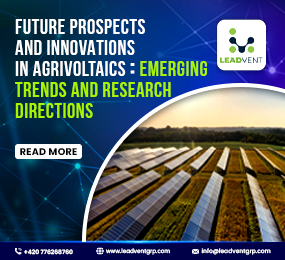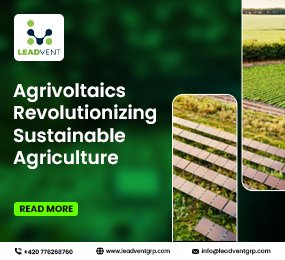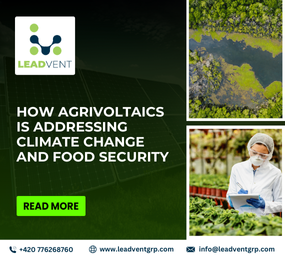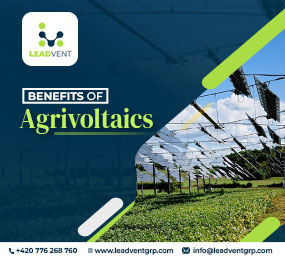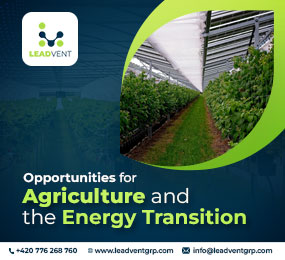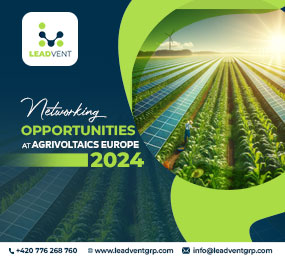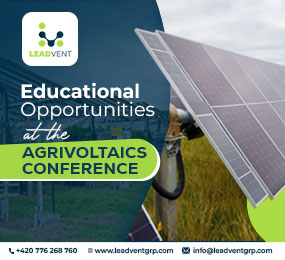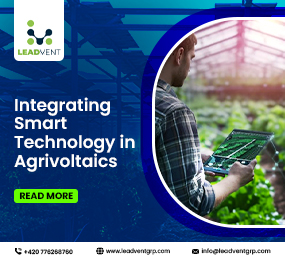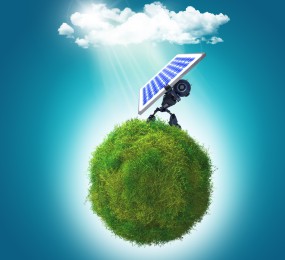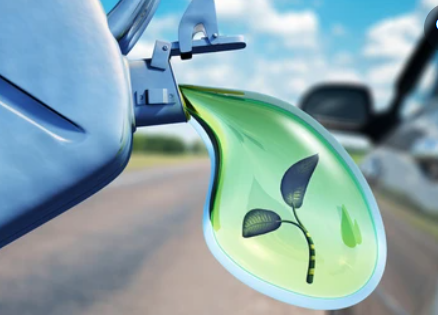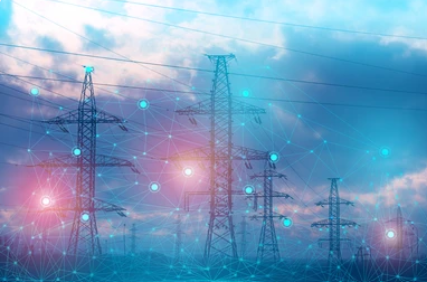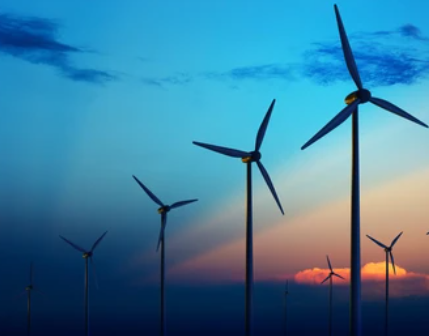Agrivoltaics: Where Farming and Solar Energy Grow Together
In the face of climate change, food insecurity, and the push for clean energy, farmers and energy producers are asking a new question: why not grow crops and generate solar power on the same land? This is the foundation of agrivoltaics a practice that’s transforming rural landscapes and challenging the idea that agriculture and renewable energy must compete for space.
At its core, agrivoltaics (short for agricultural photovoltaics) is about co-locating solar panels and crops on the same farmland. It’s not just a clever land-use solution; it’s a new way to think about sustainability, resilience, and profitability in farming.
A Win-Win for Farmers and the Planet
Traditional solar farms often occupy vast acres of farmland, displacing agriculture and, in some regions, contributing to community tensions. Agrivoltaics flips that narrative. Instead of replacing crops, solar panels are raised above them allowing vegetables, fruits, and even livestock to thrive underneath.
Surprisingly, in many cases, the crops benefit. Shade from the panels reduces heat stress, conserves moisture, and shields delicate plants from extreme weather especially in arid or drought-prone regions. This creates what scientists call a “microclimate,” improving yields for certain crops while generating clean electricity above.
For farmers, this dual-use model offers multiple revenue streams. They can lease land for solar, lower their energy costs, and still farm the soil. It also opens doors to climate-smart funding and partnerships with energy providers, adding resilience to operations long vulnerable to weather and market volatility.
Technology, Research, and Real-World Success
Countries like Germany, Japan, the United States, and Kenya are piloting and scaling agrivoltaic systems. With research centers and universities tracking crop health, panel efficiency, and soil quality, the evidence is clear: done right, agrivoltaics can be economically viable and environmentally sound.
New technology has helped, too. Adjustable solar arrays now allow panels to follow the sun while leaving ample room for tractors and harvesters to pass through. Engineers are even designing semi-transparent panels to let more sunlight through, fine-tuned to crop needs.
A Model for Sustainable Land Use
As land becomes more contested and climate risks grow, agrivoltaics offers a path forward—one where clean energy and food security go hand in hand. It supports national energy goals, strengthens rural economies, and makes the land more resilient to climate extremes.
Takeaway Point:
Agrivoltaics isn’t just about stacking functions on farmland—it’s about rethinking the relationship between energy, agriculture, and the environment. By embracing this approach, we can feed the world, power the future, and protect the planet—all on the same piece of land.
Learn more on our website: https://www.leadventgrp.com/events/4th-annual-agrivoltaics-europe/details
For more information and group participation, contact us: [email protected]
Leadvent Group - Industry Leading Events for Business Leaders!
www.leadventgrp.com | [email protected]


